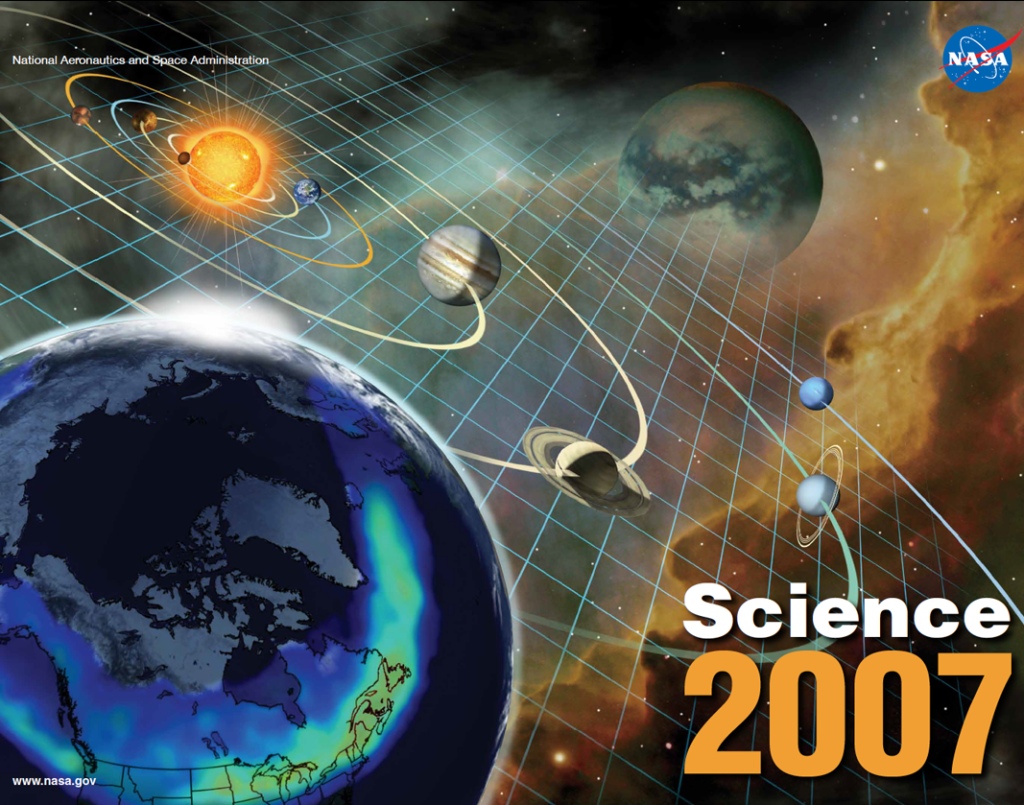NASA Science Calendars
This is a collection of NASA Science calendars. High resolution printable PDF files are available for download. Low resolution PDFs are 508 compliant. Hard copies are also available for purchase through the GPO Bookstore.
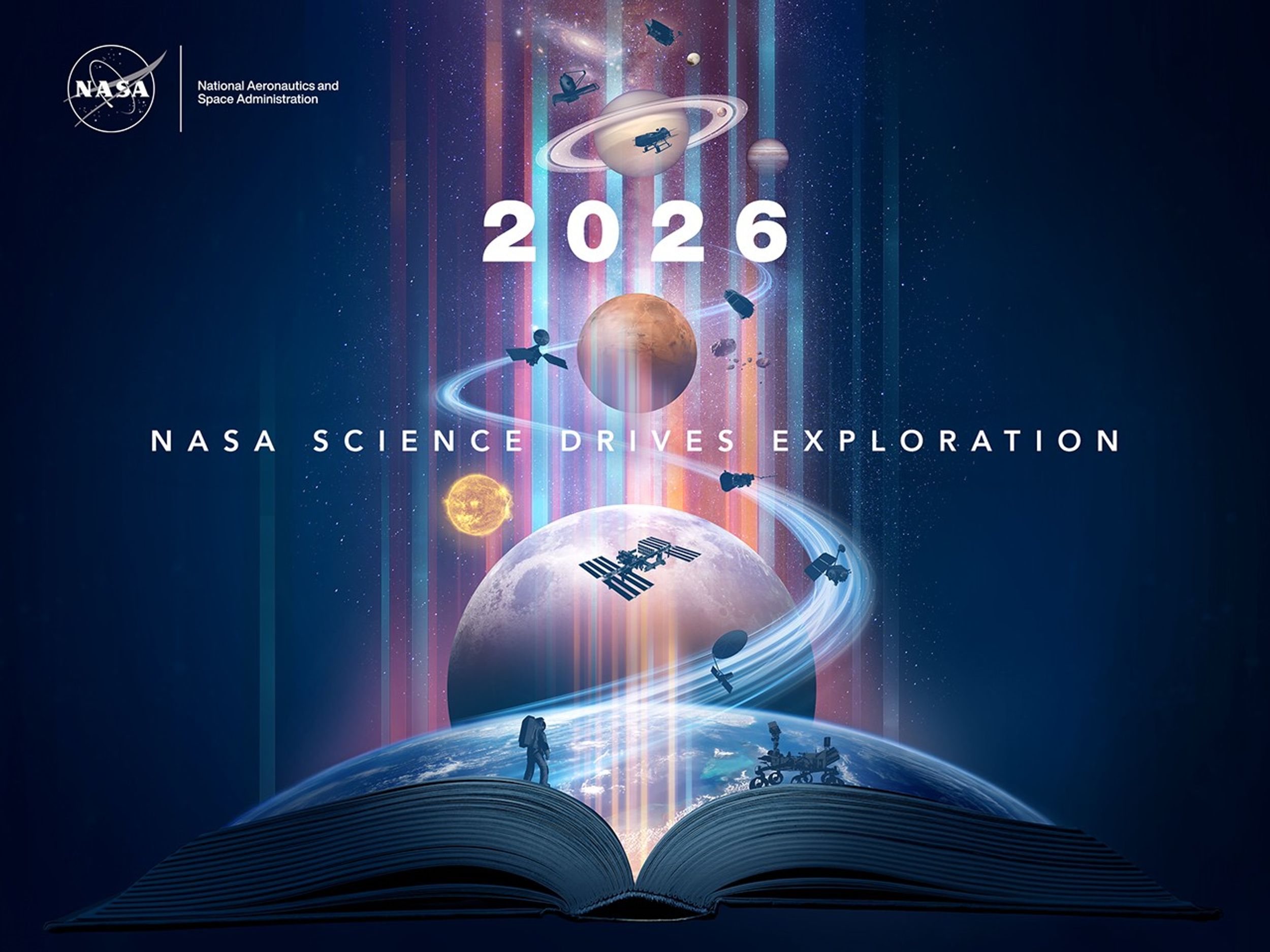
2026 NASA Science Calendar
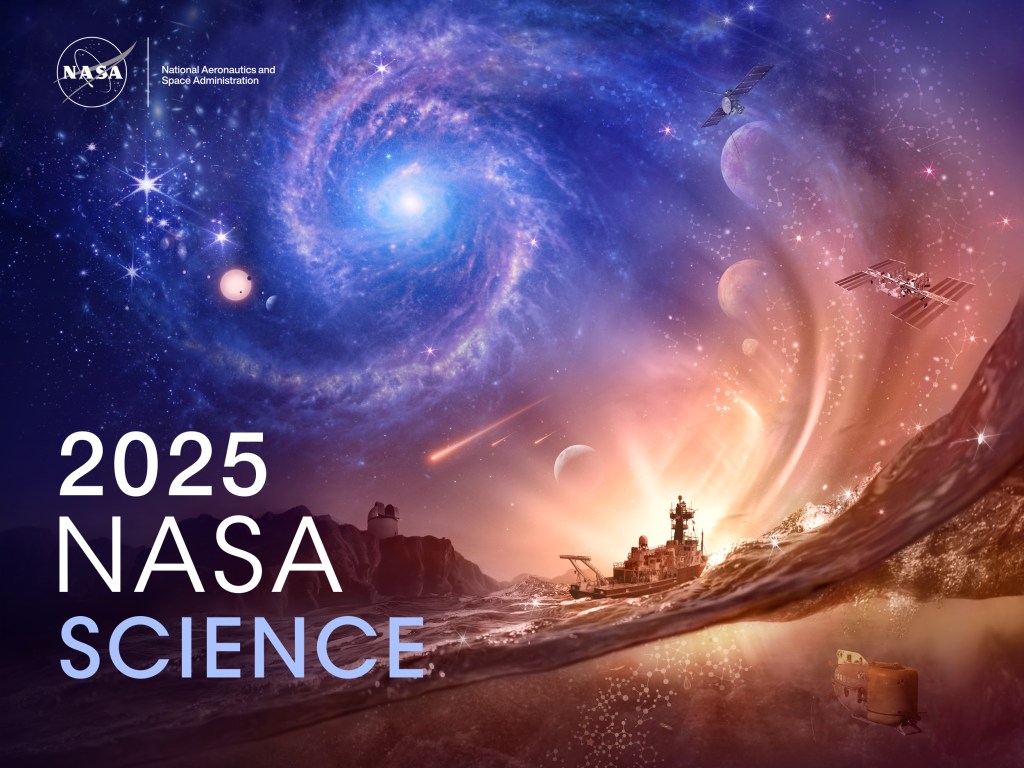
2025 NASA Science Calendar

2024 NASA Science Calendar
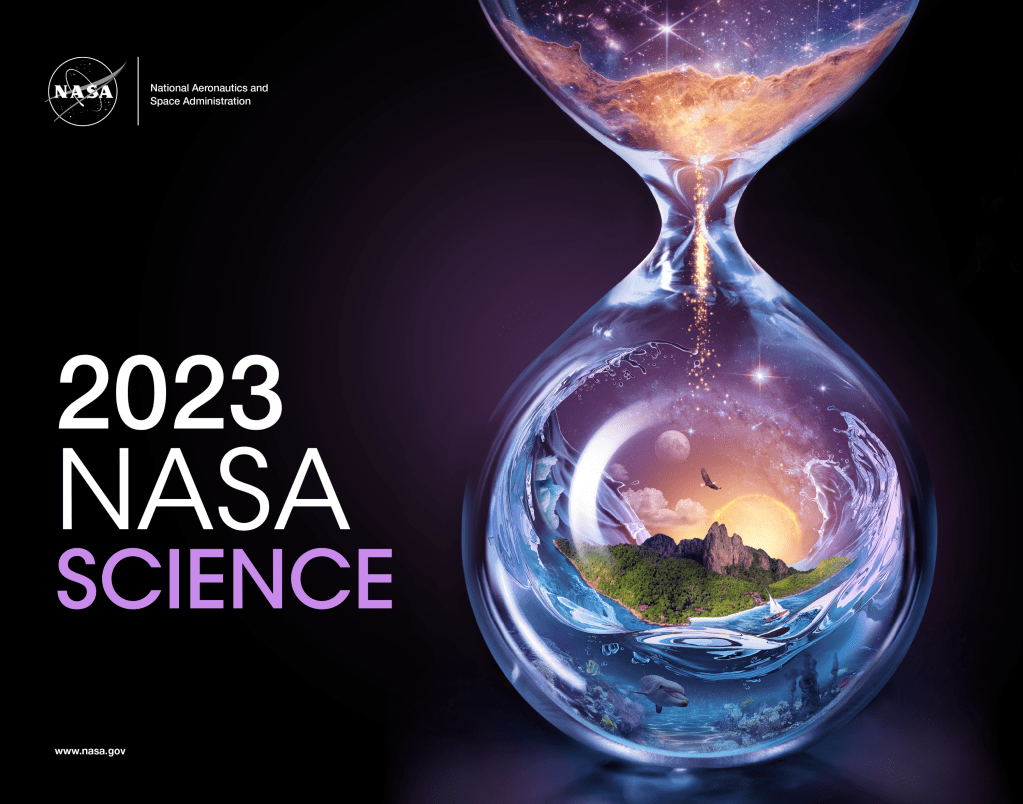
2023 NASA Science Calendar
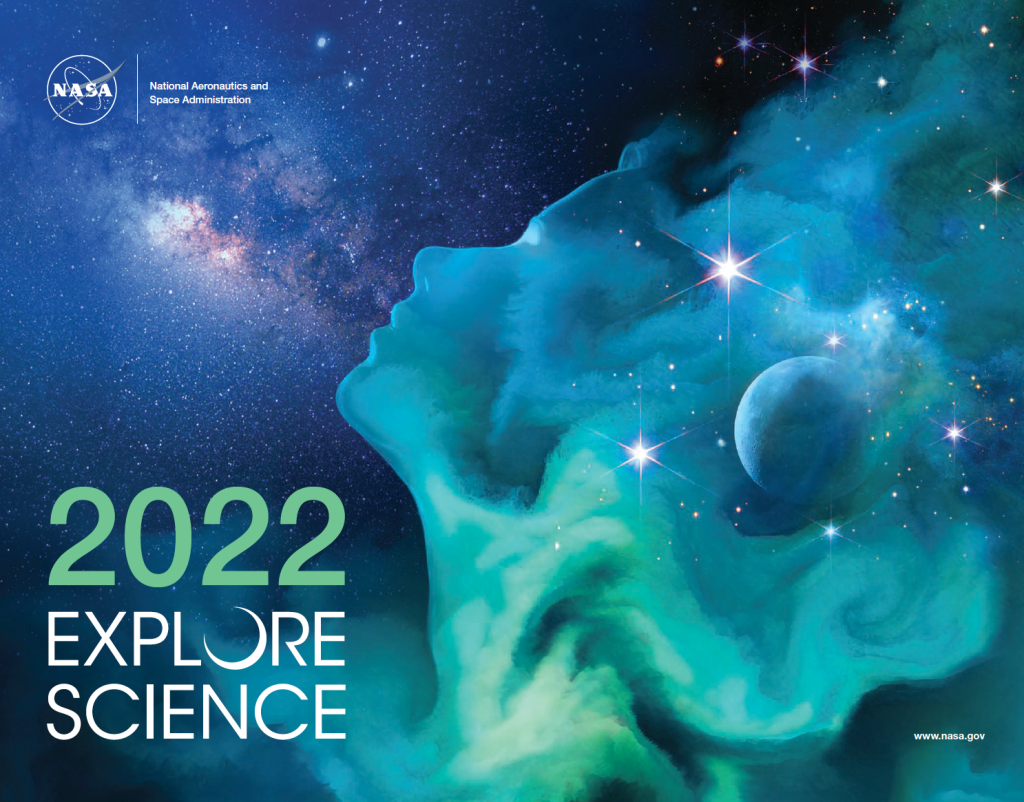
2022 NASA Science Calendar
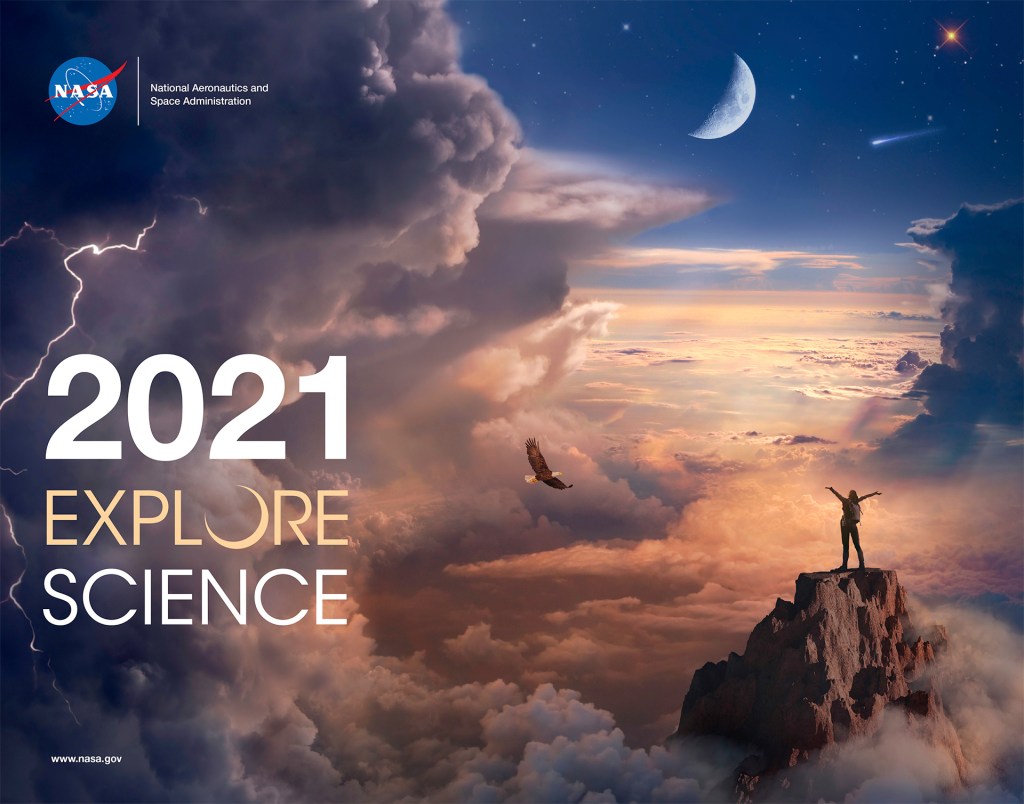
2021 NASA Science Calendar
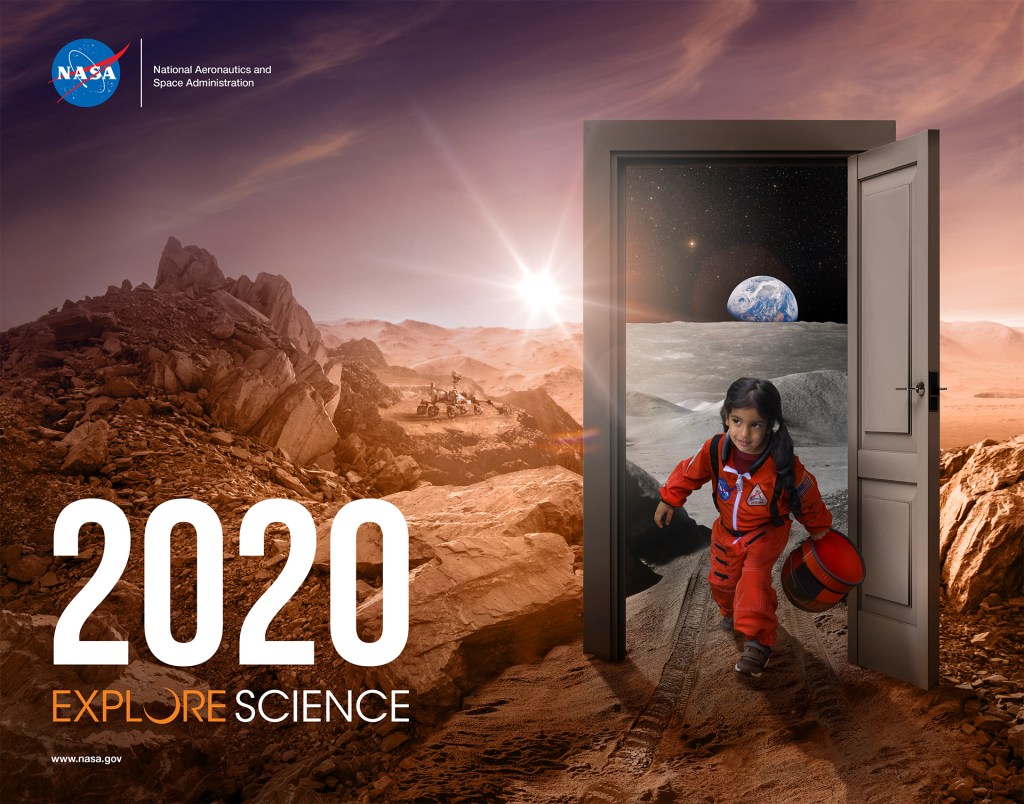
2020 NASA Science Calendar
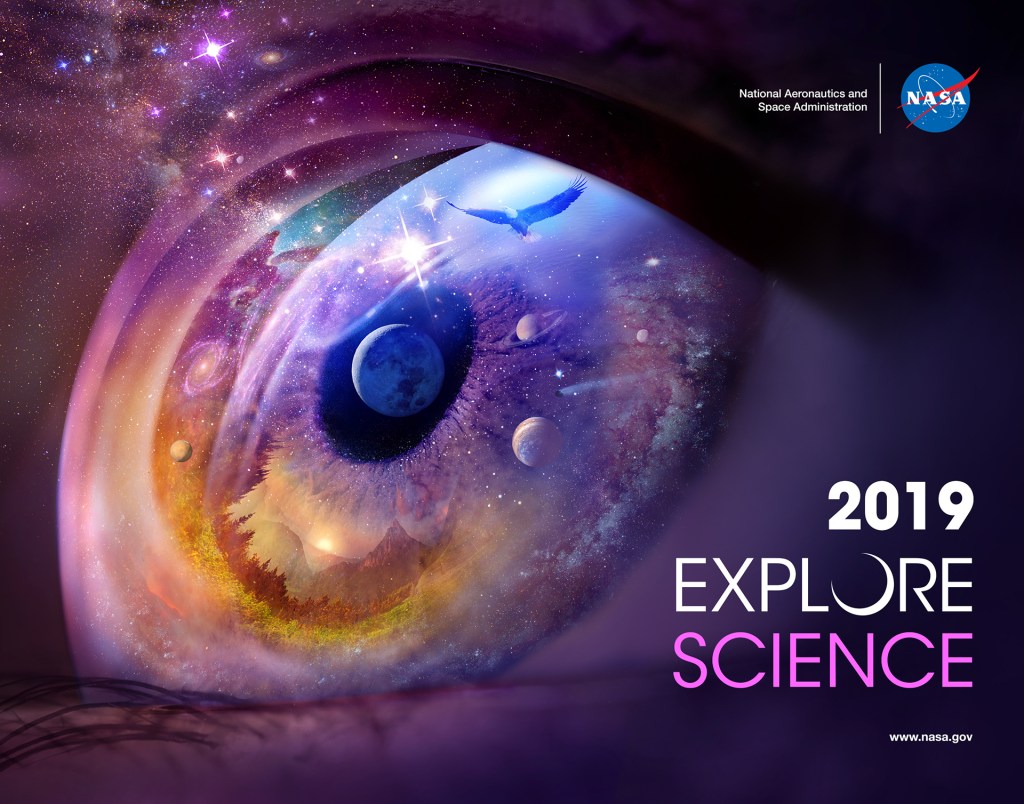
2019 NASA Science Calendar
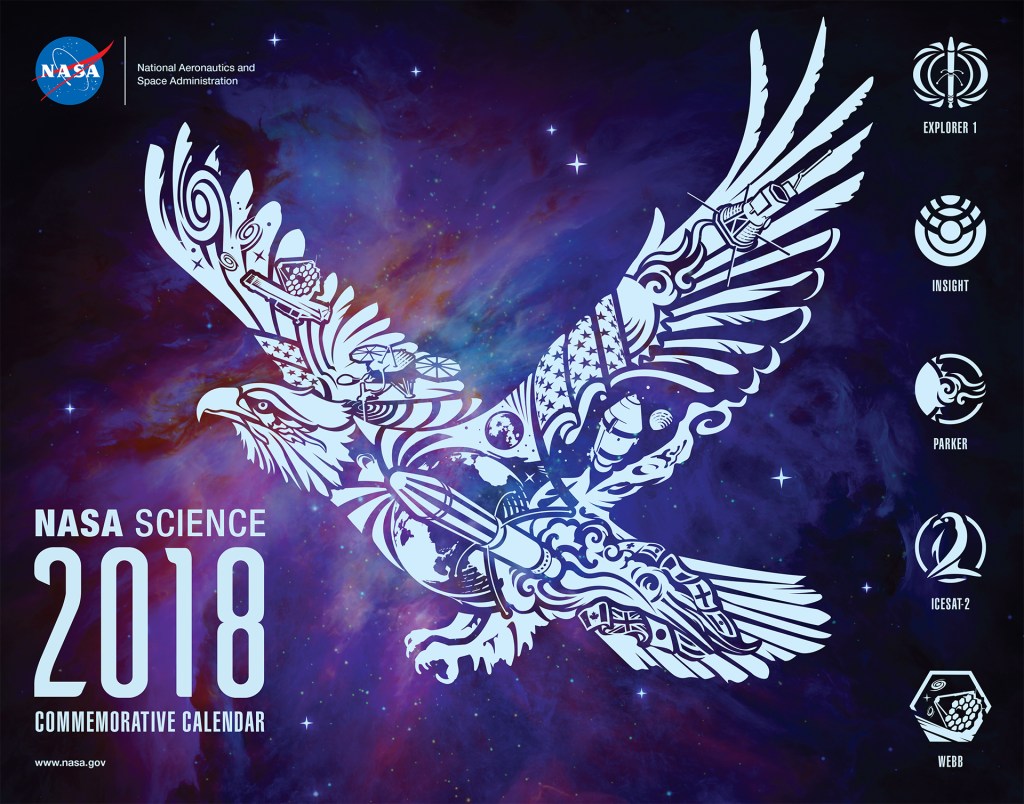
2018 NASA Science Calendar
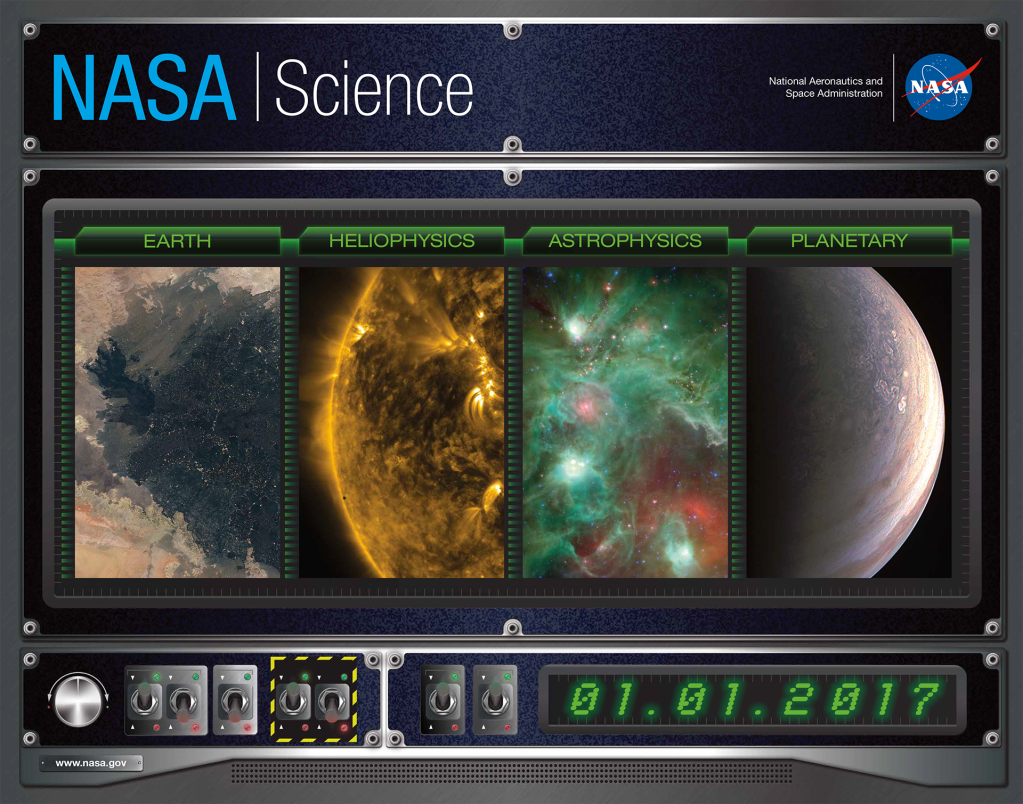
2017 NASA Science Calendar
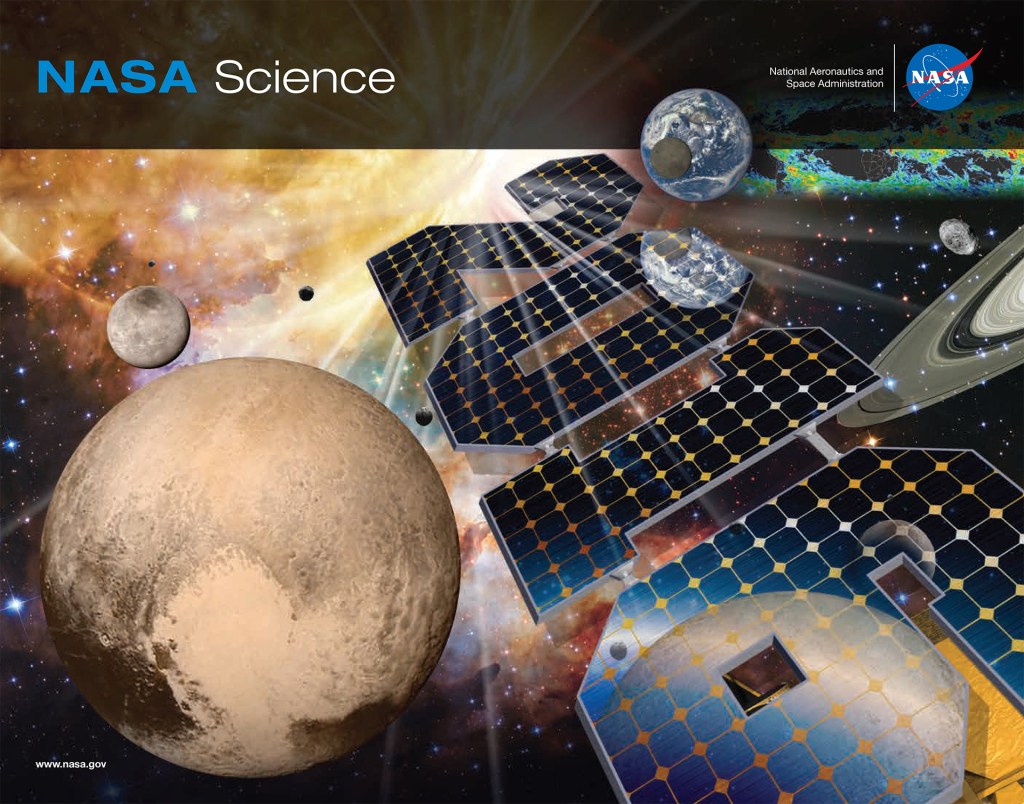
2016 NASA Science Calendar
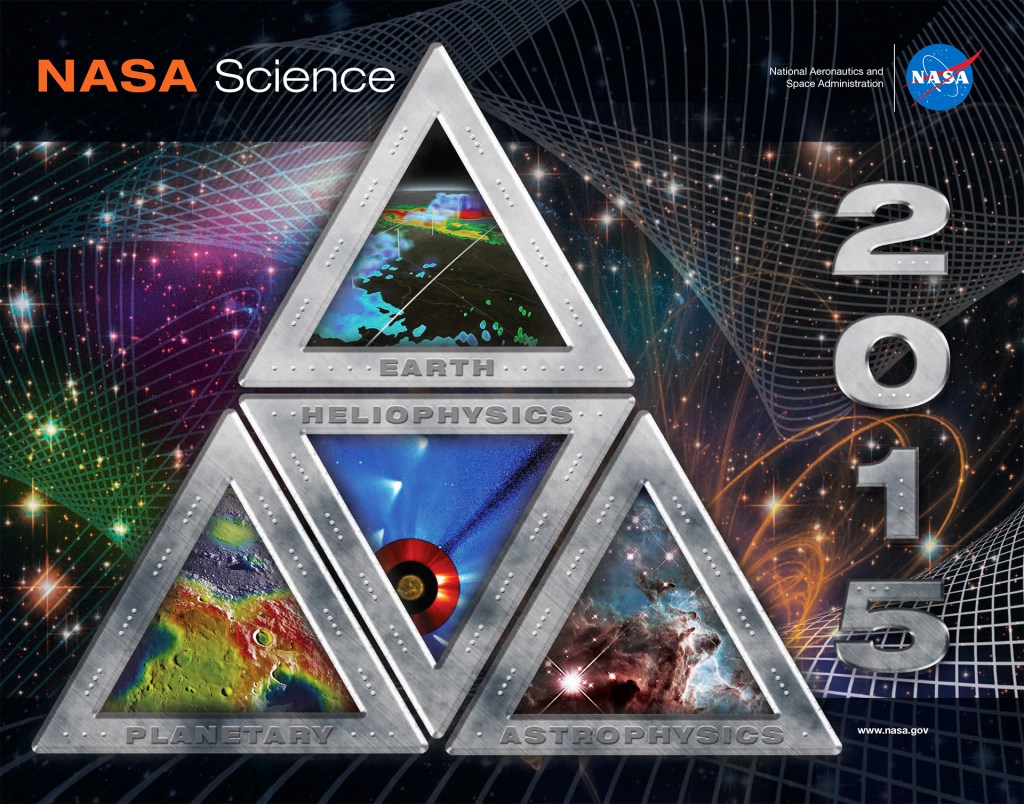
2015 NASA Science Calendar
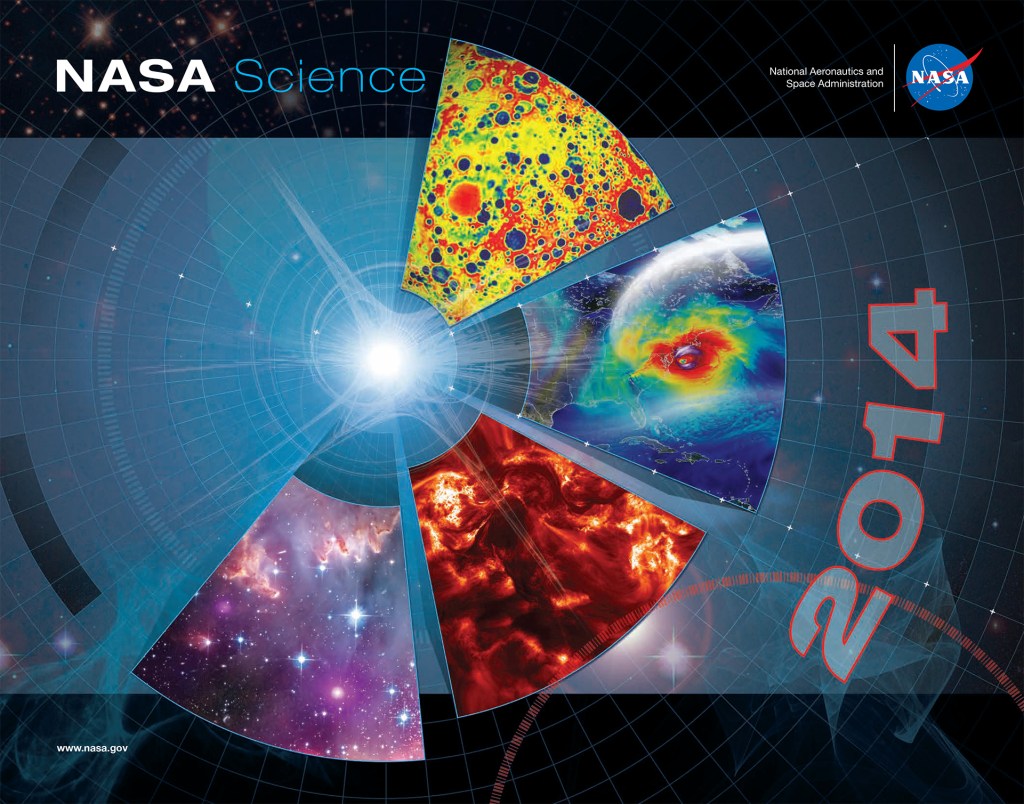
2014 NASA Science Calendar
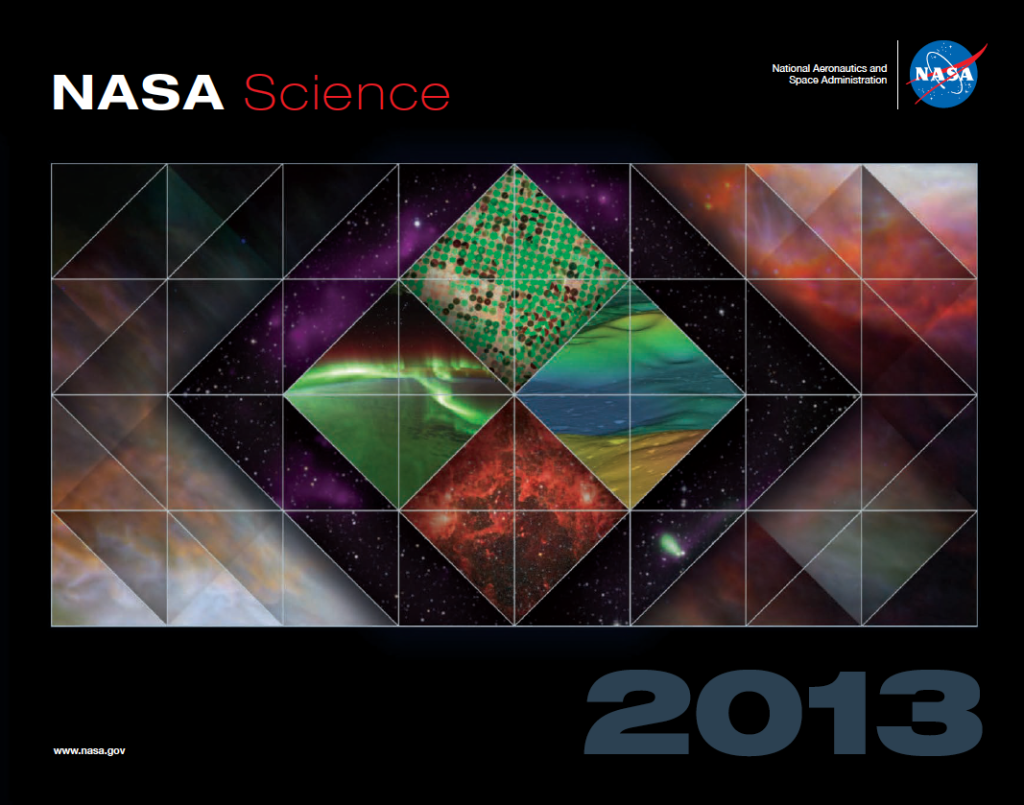
2013 NASA Science Calendar
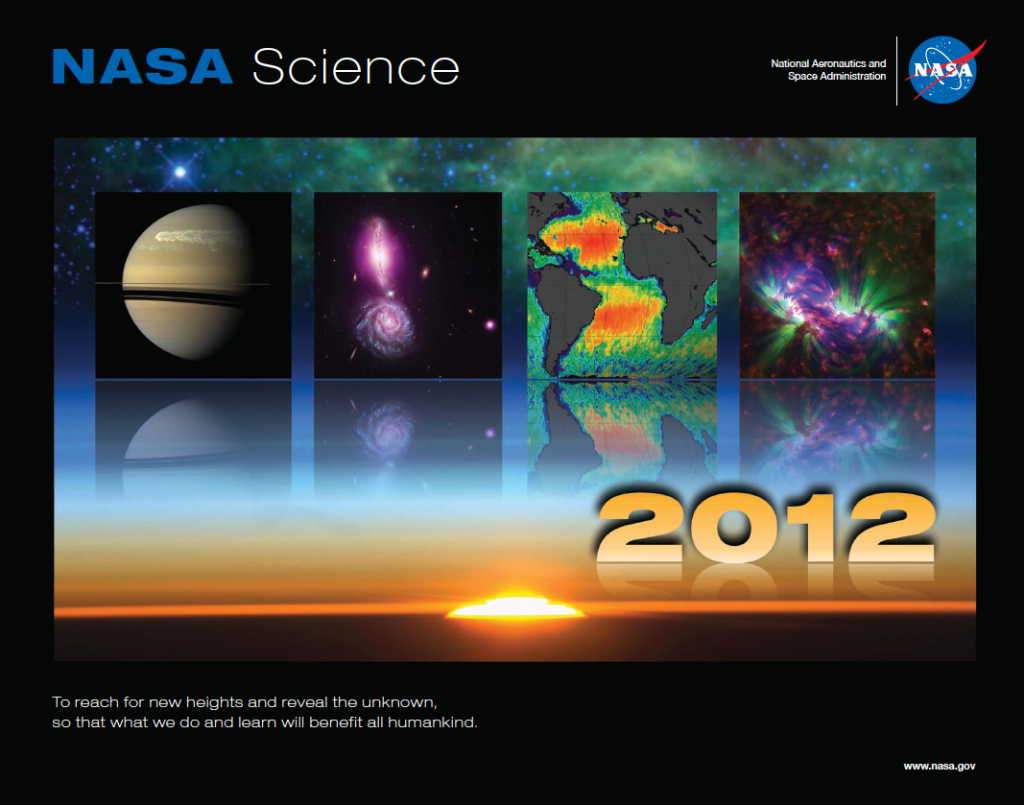
2012 NASA Science Calendar
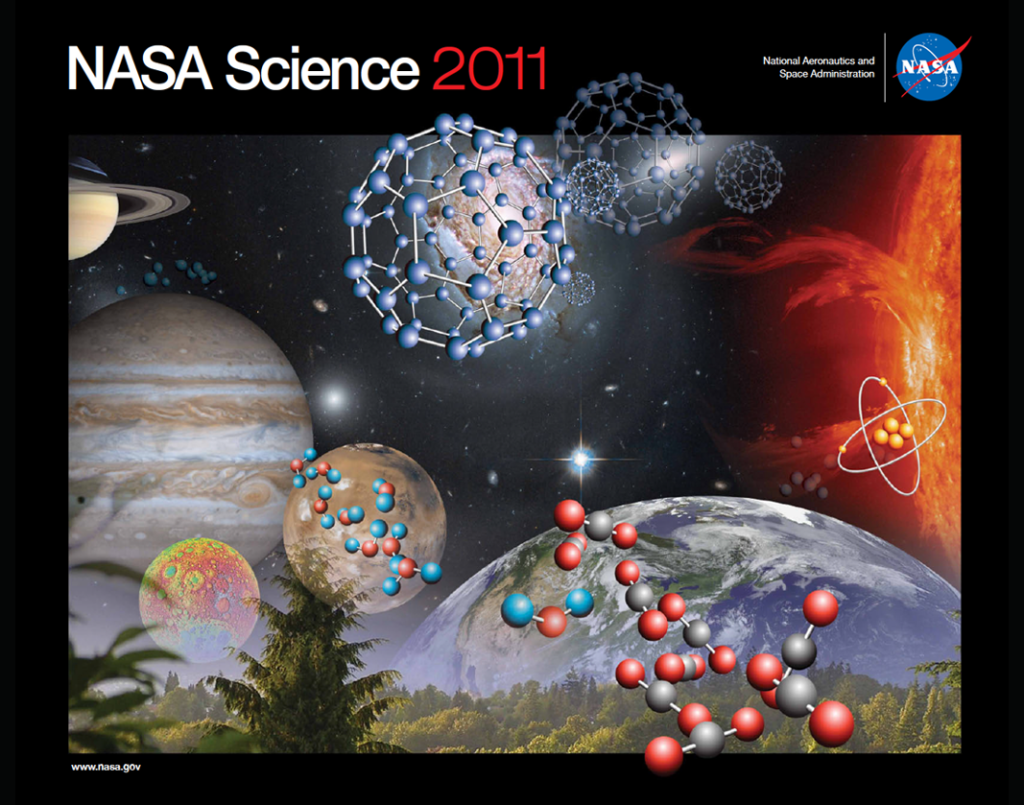
2011 NASA Science Calendar
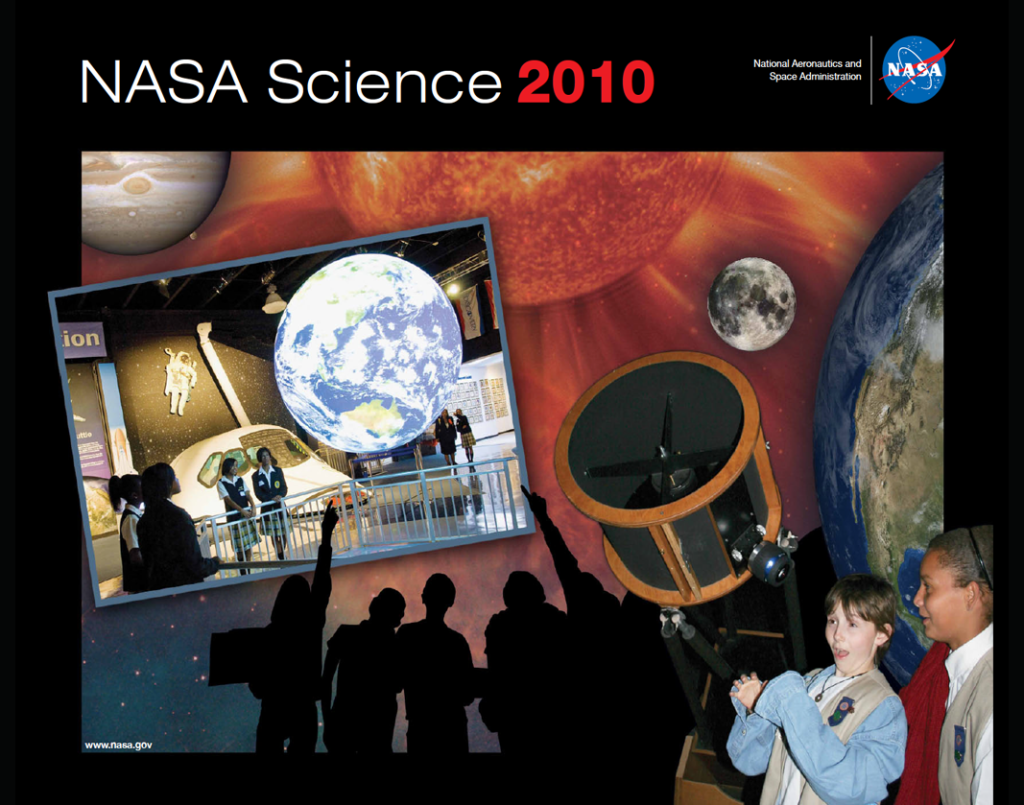
2010 NASA Science Calendar
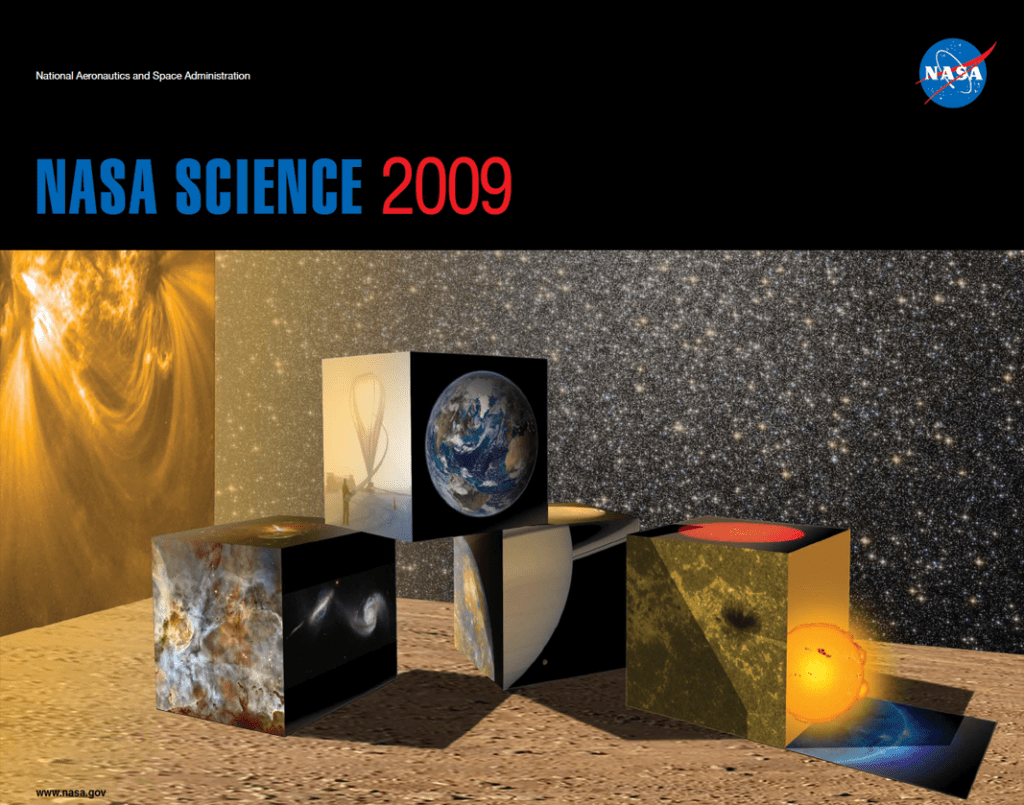
2009 NASA Science Calendar
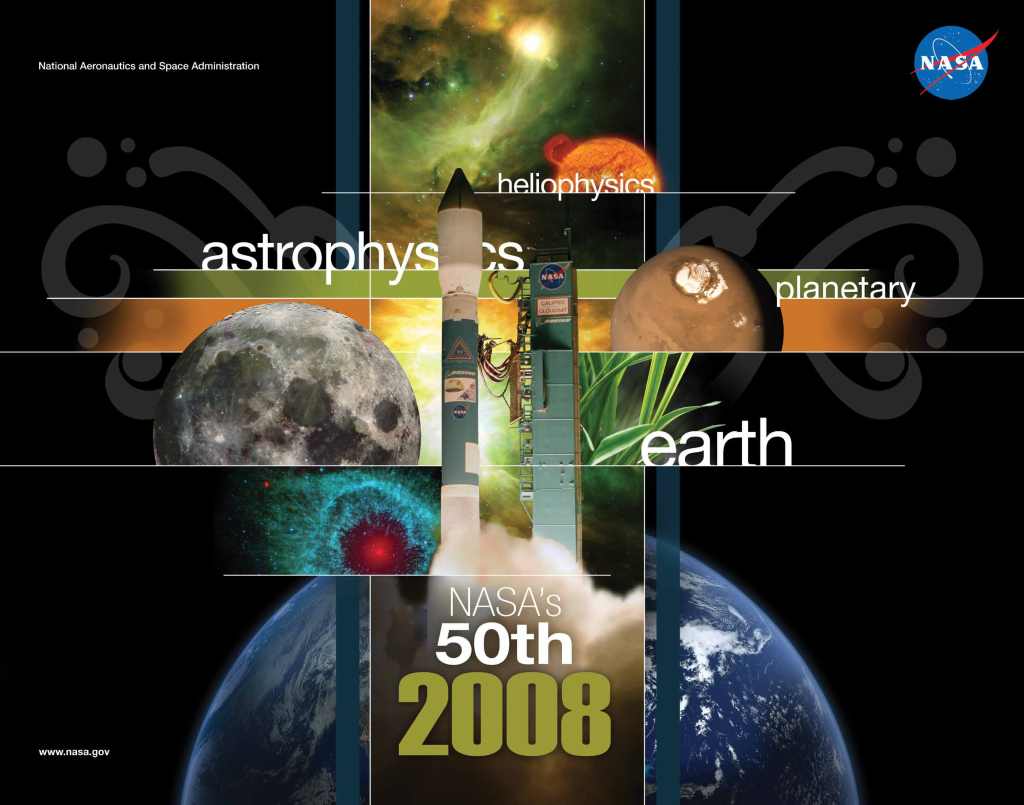
2008 NASA Science Calendar
